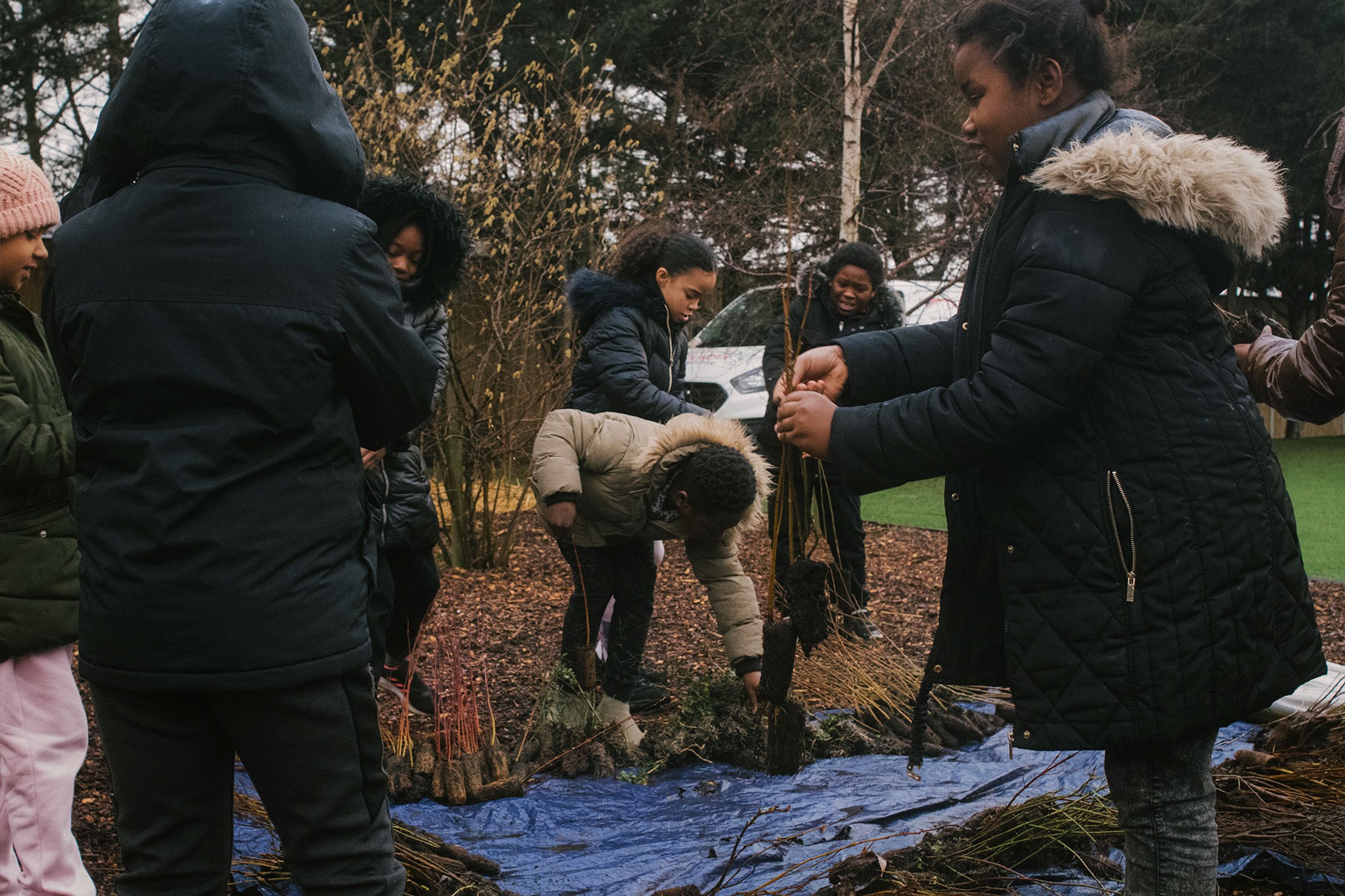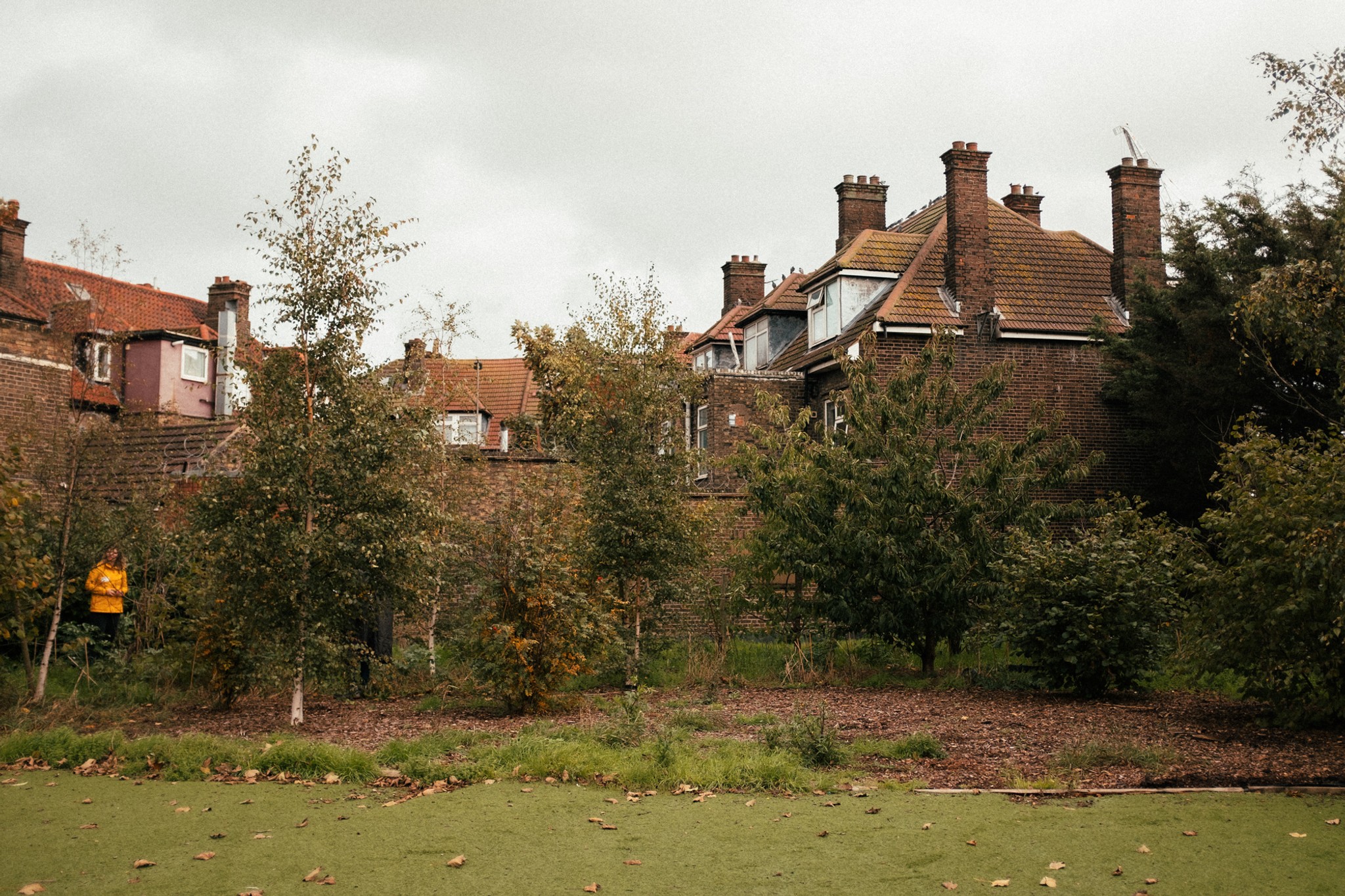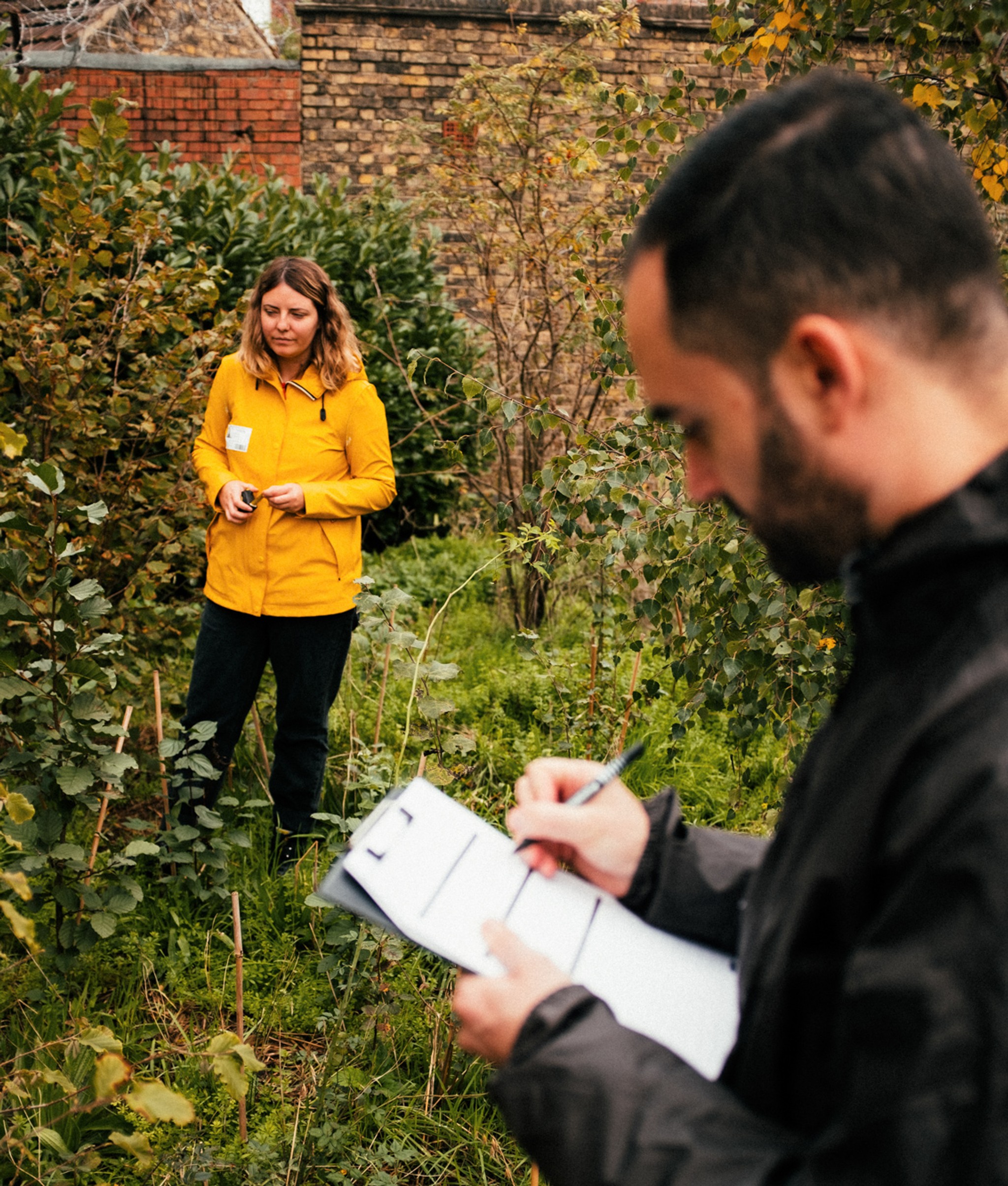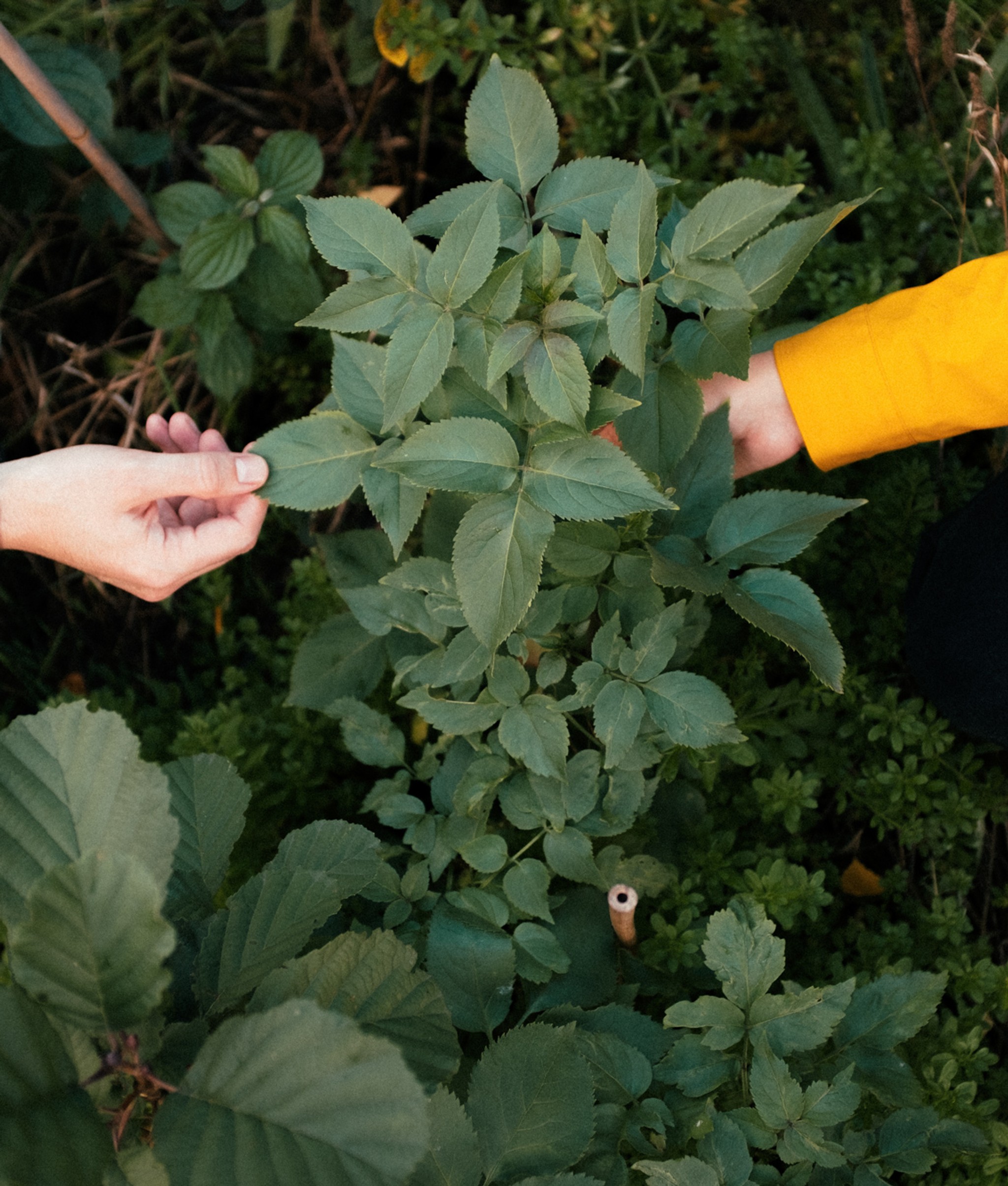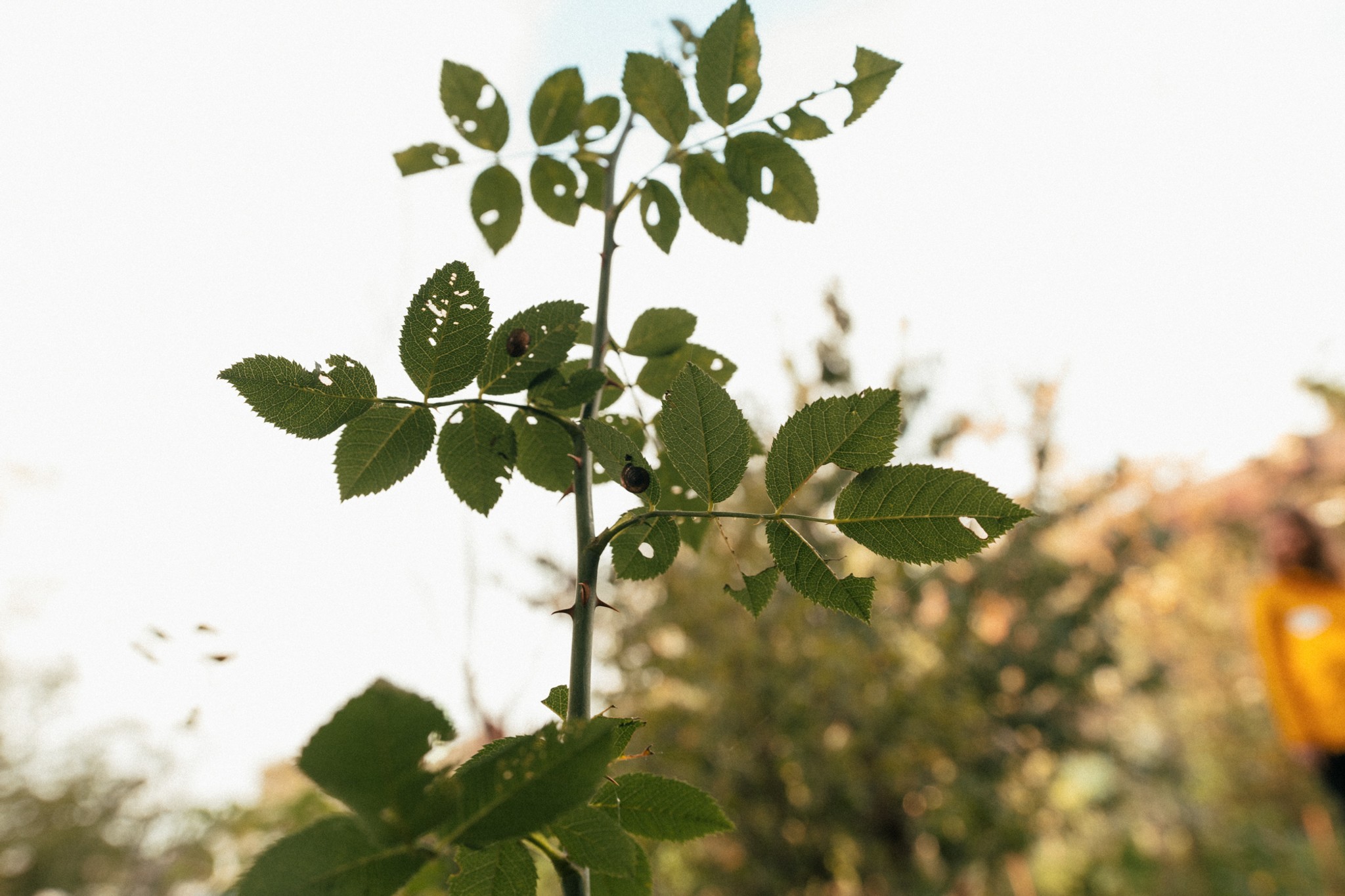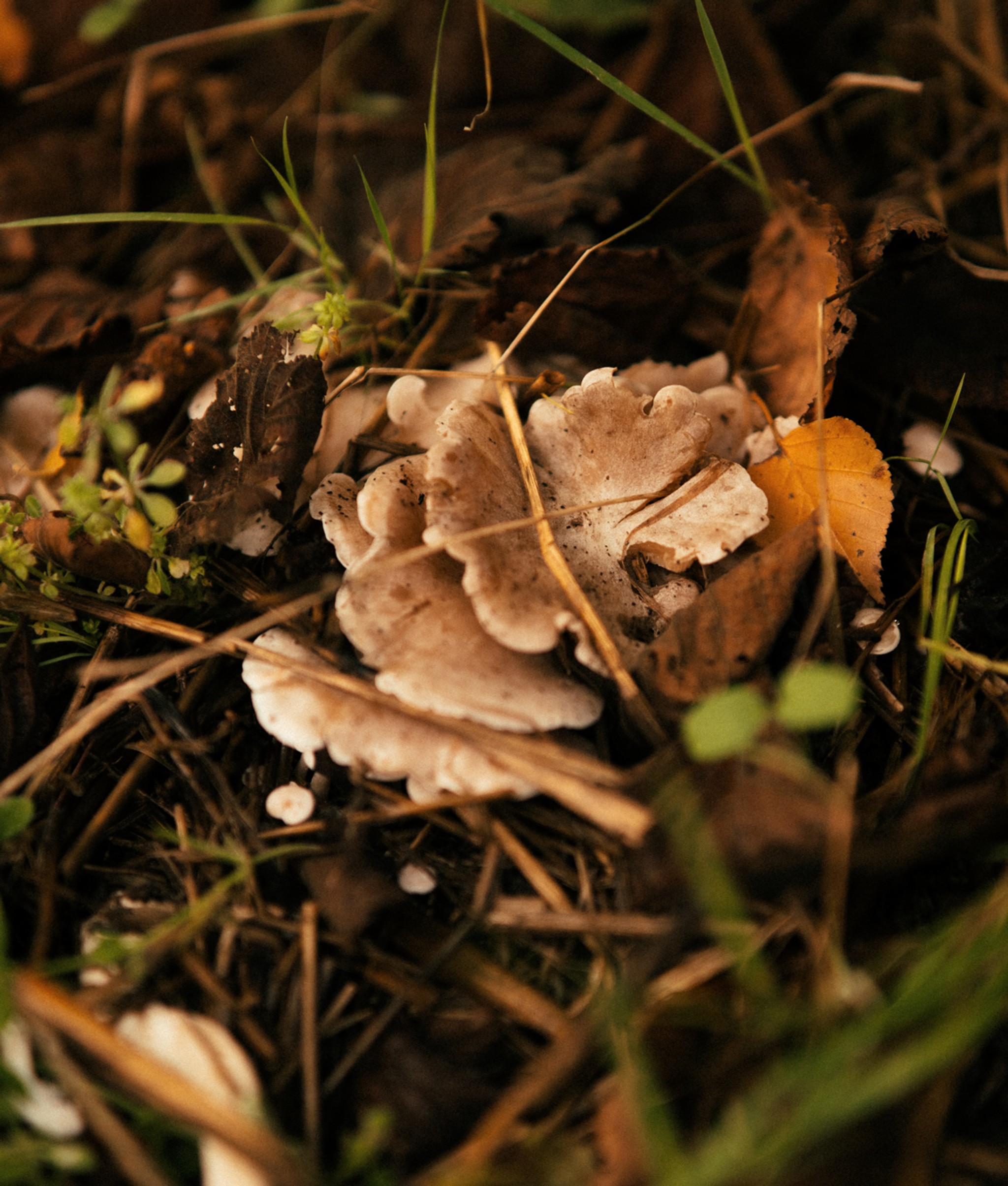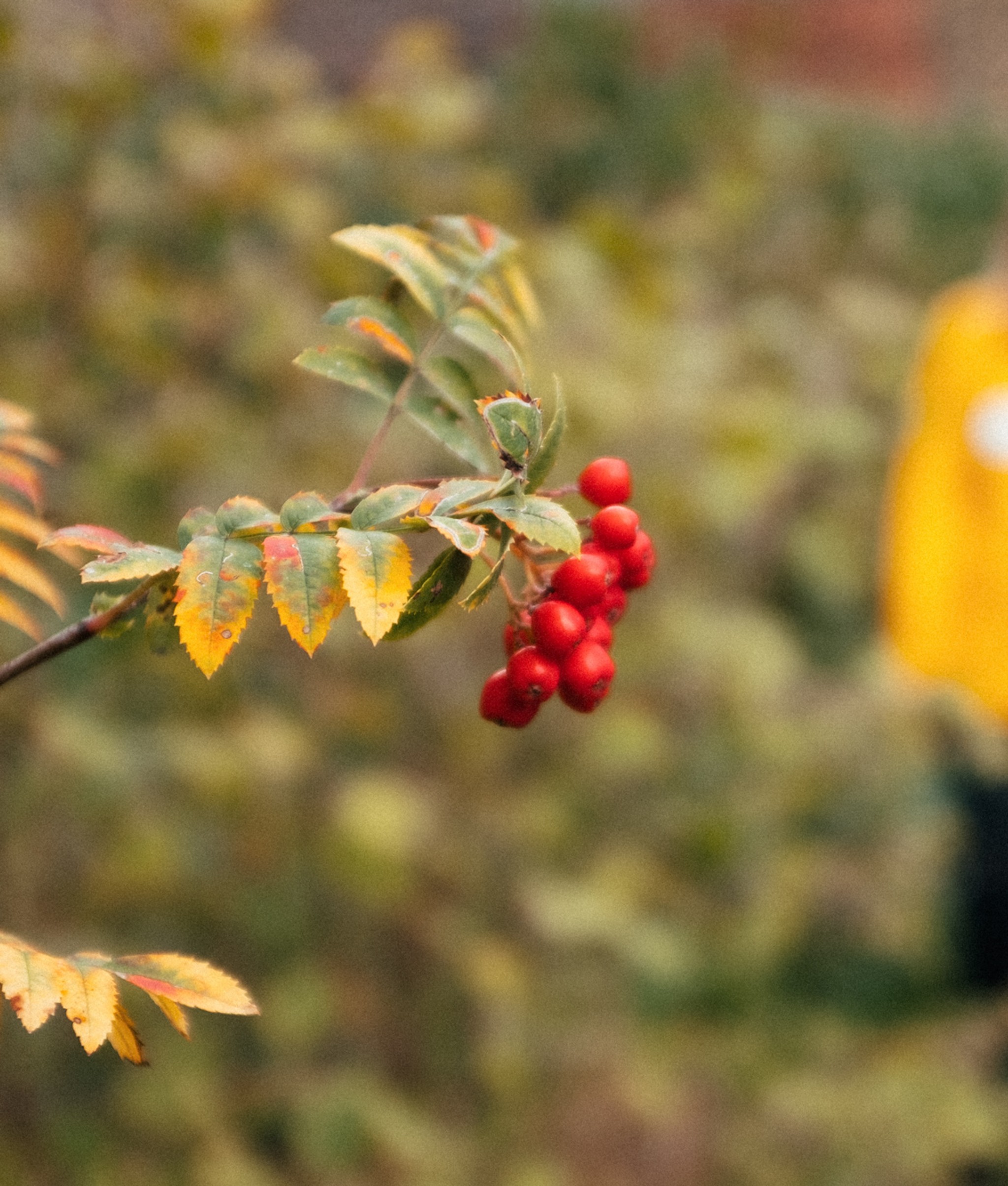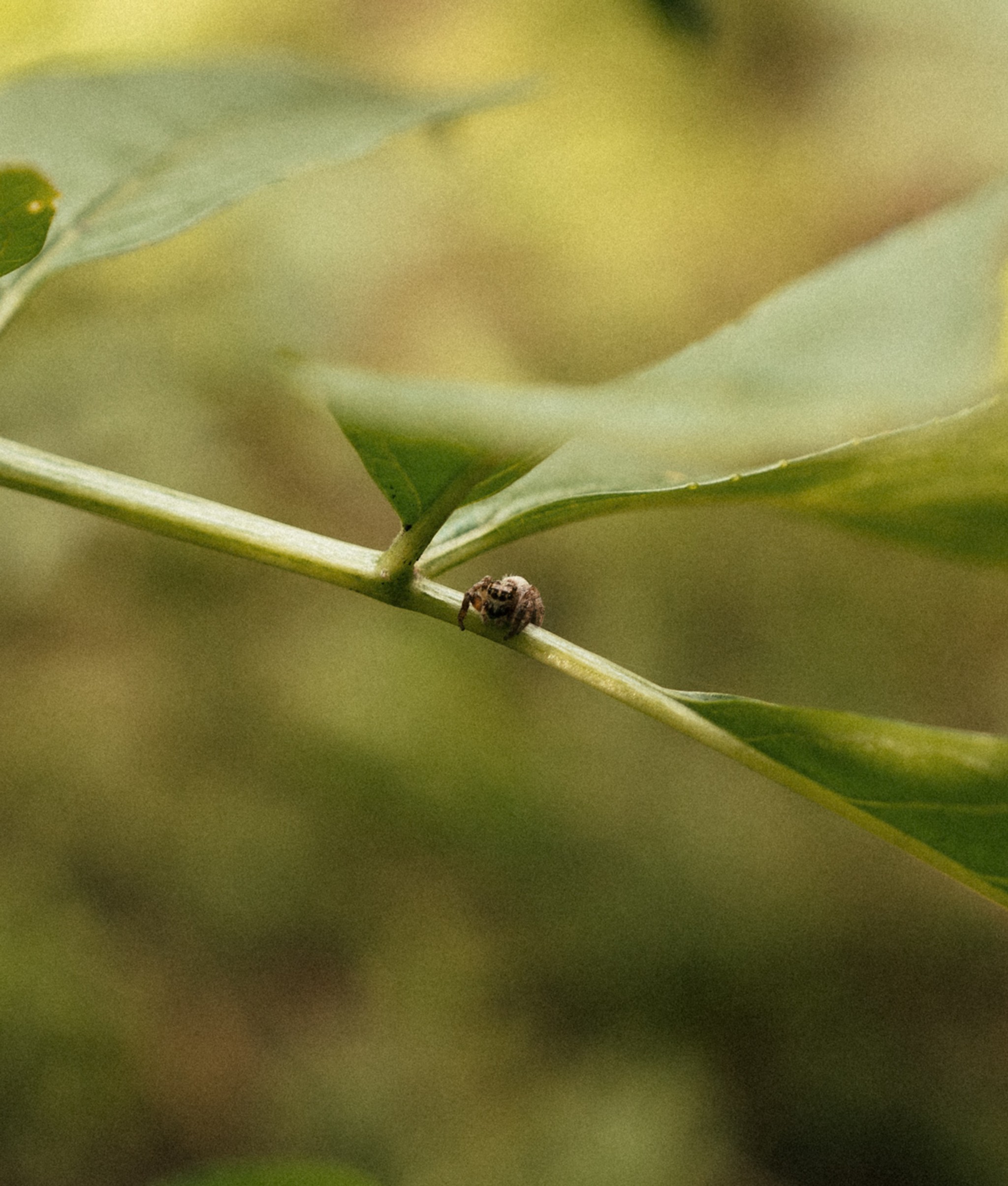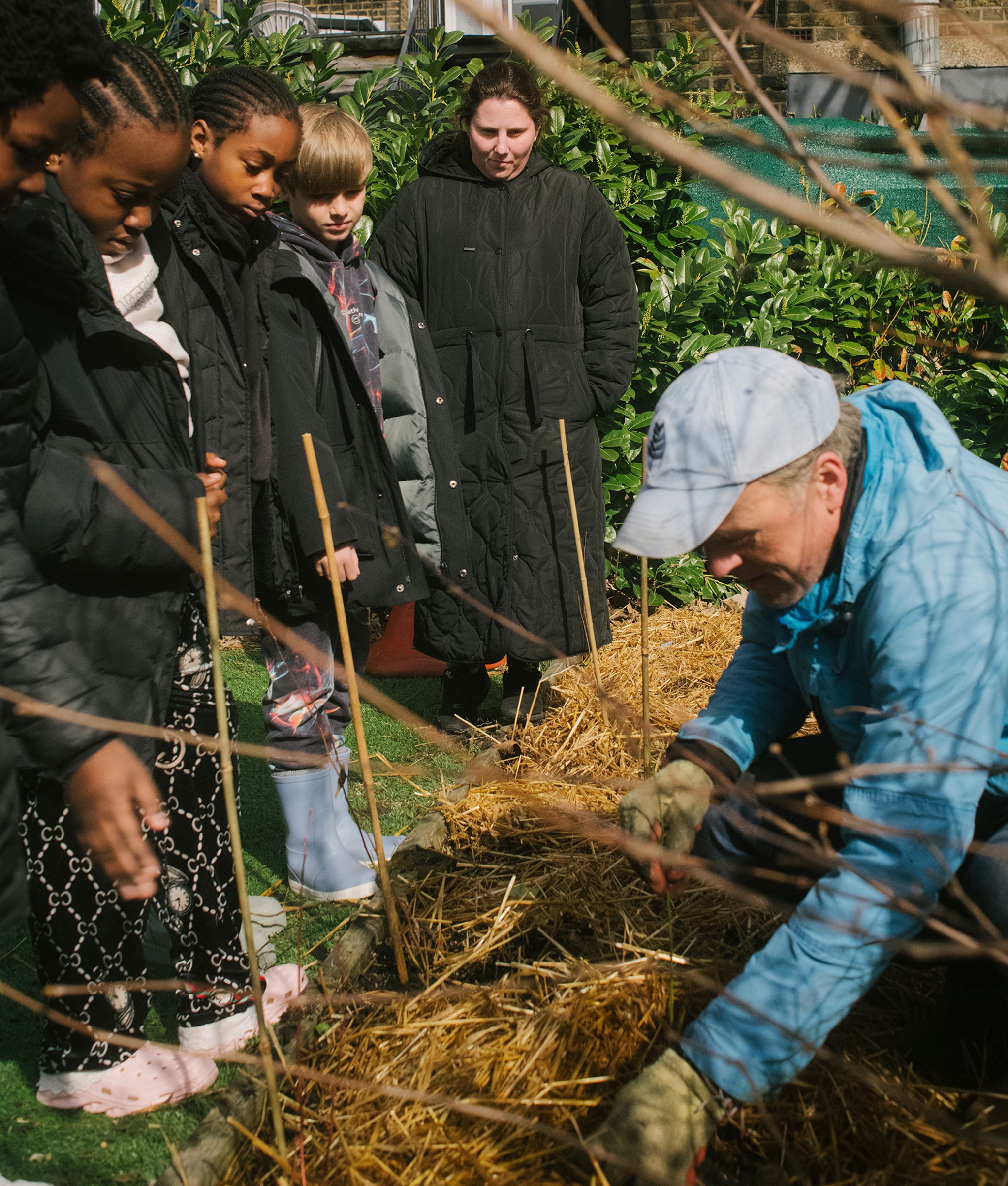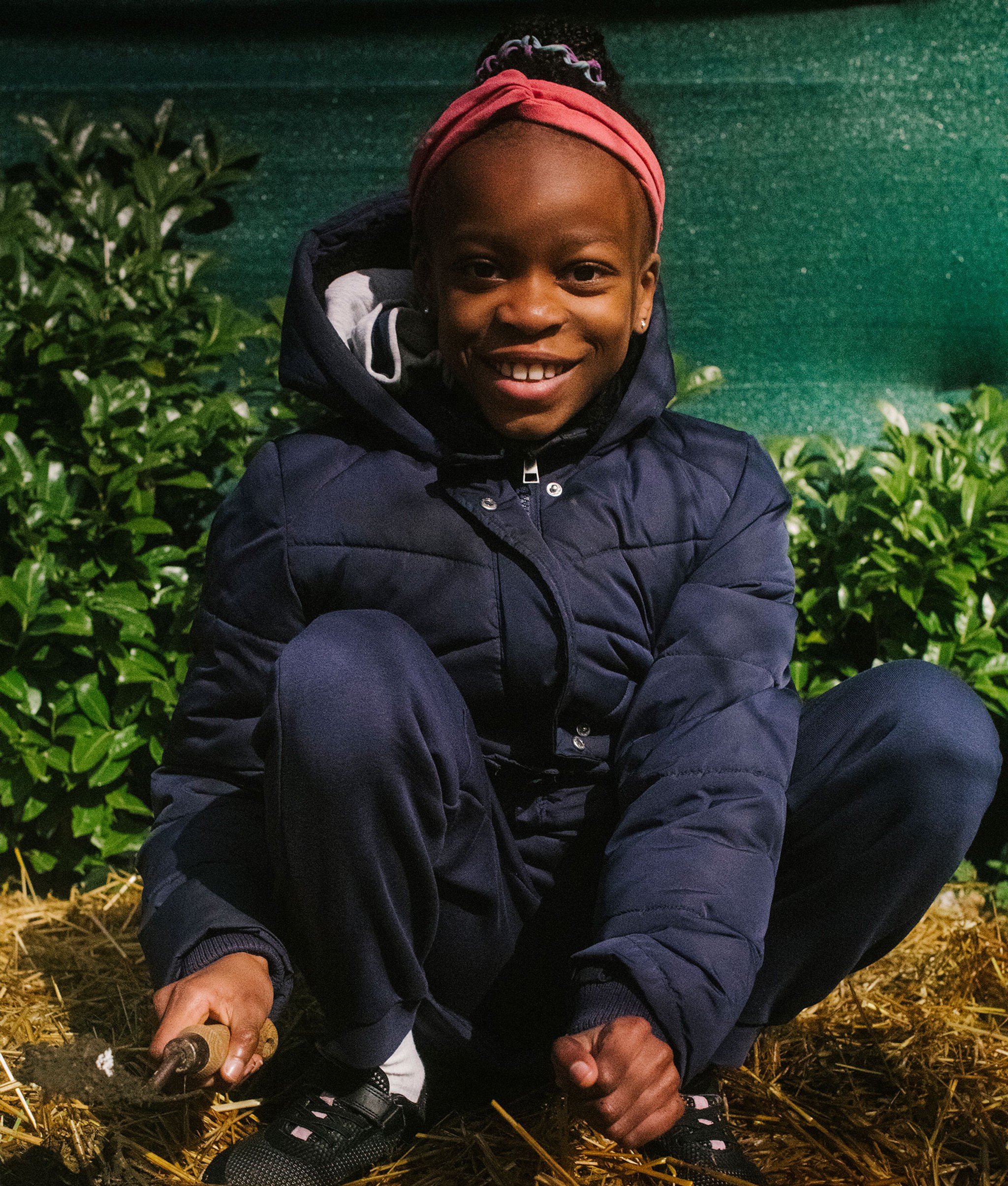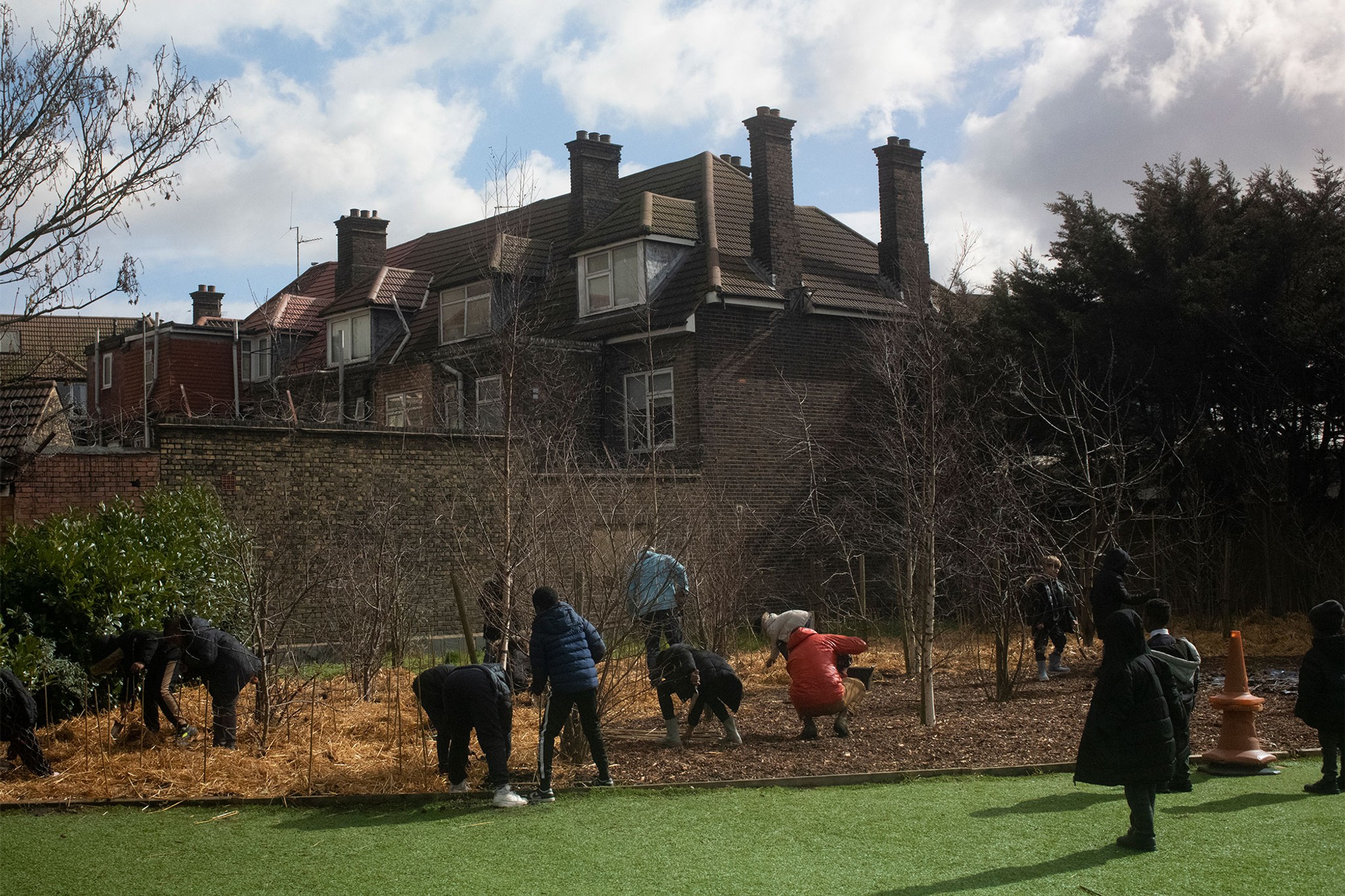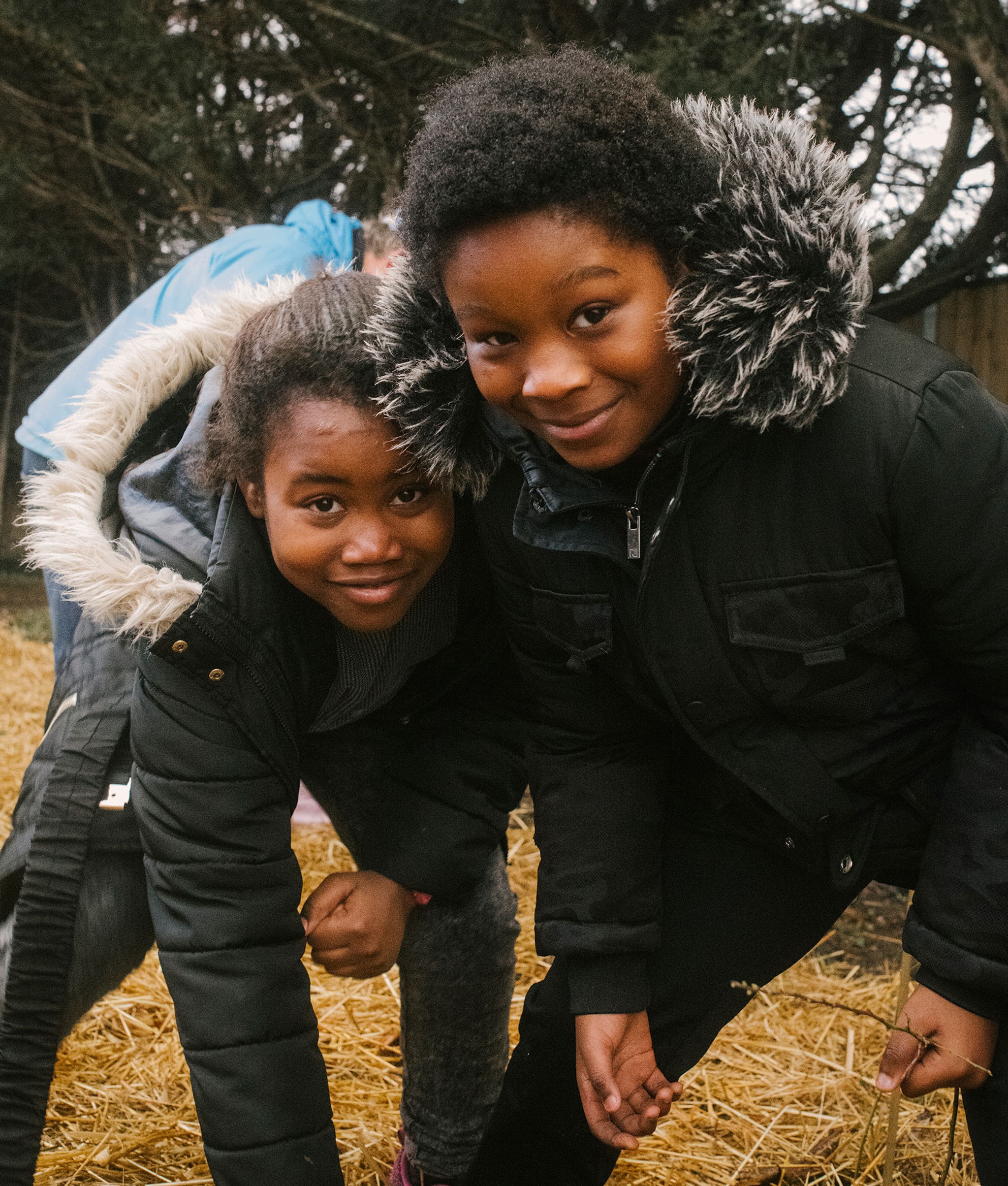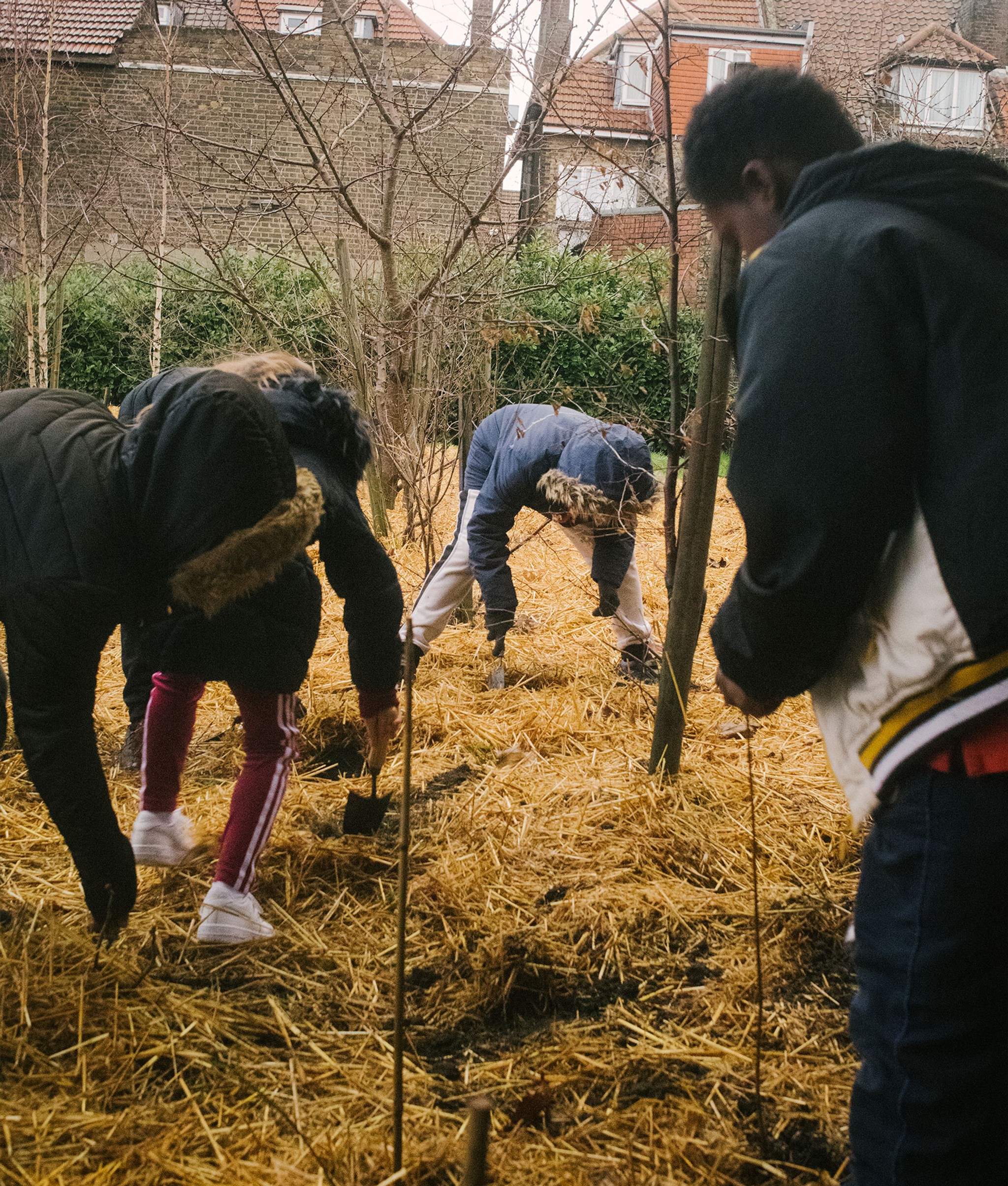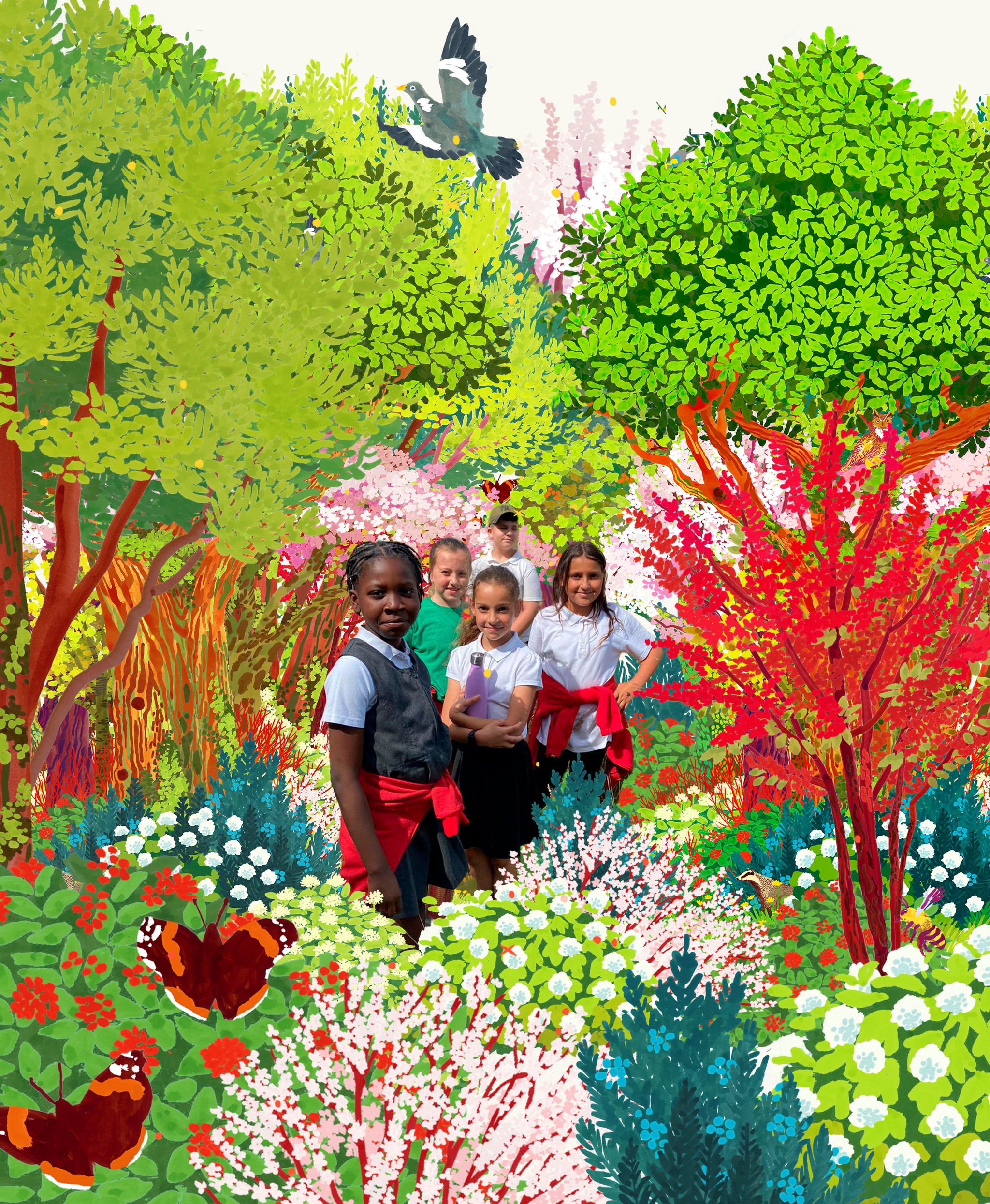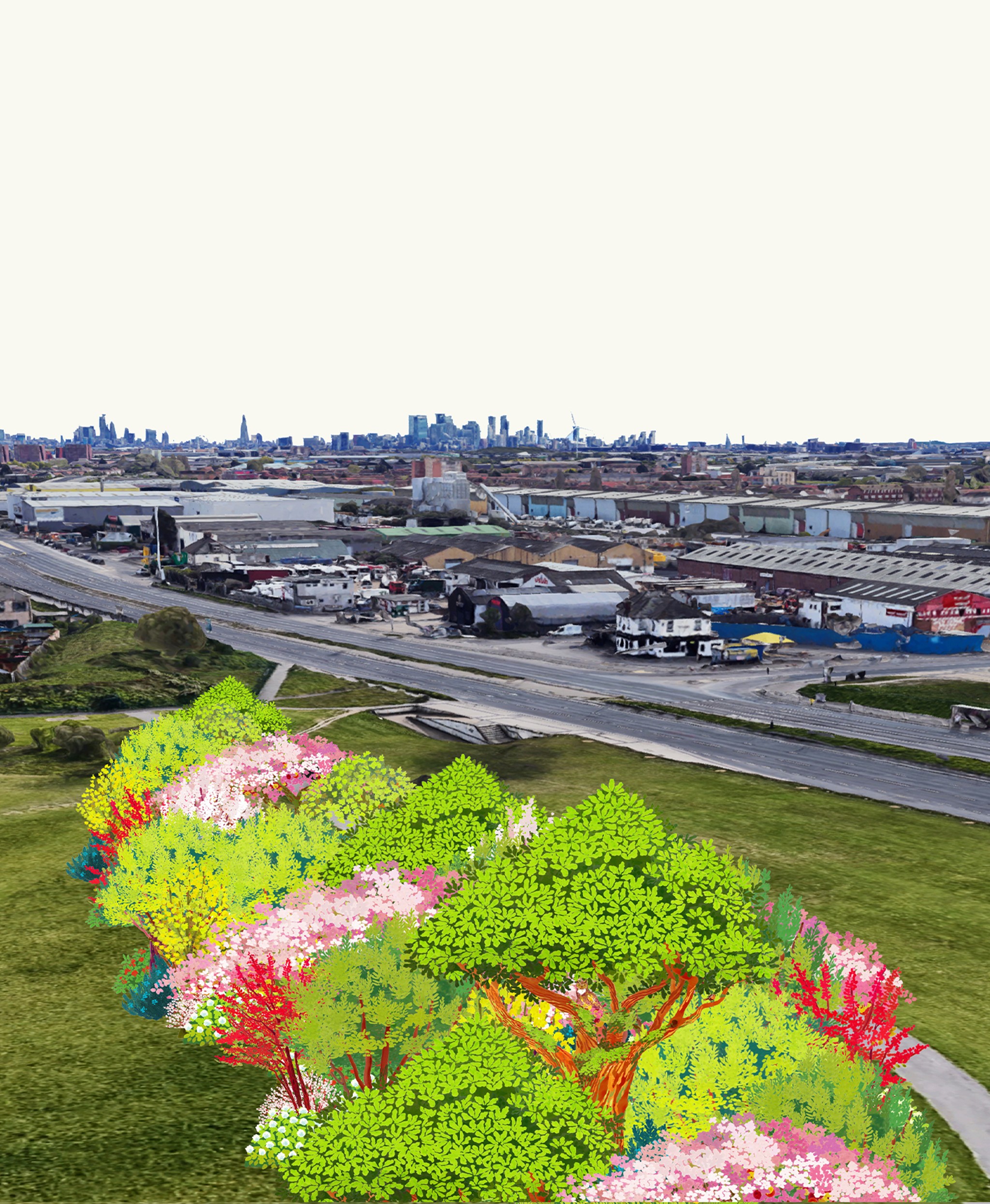St Peter's Forest
A London school forest to combat traffic pollution.

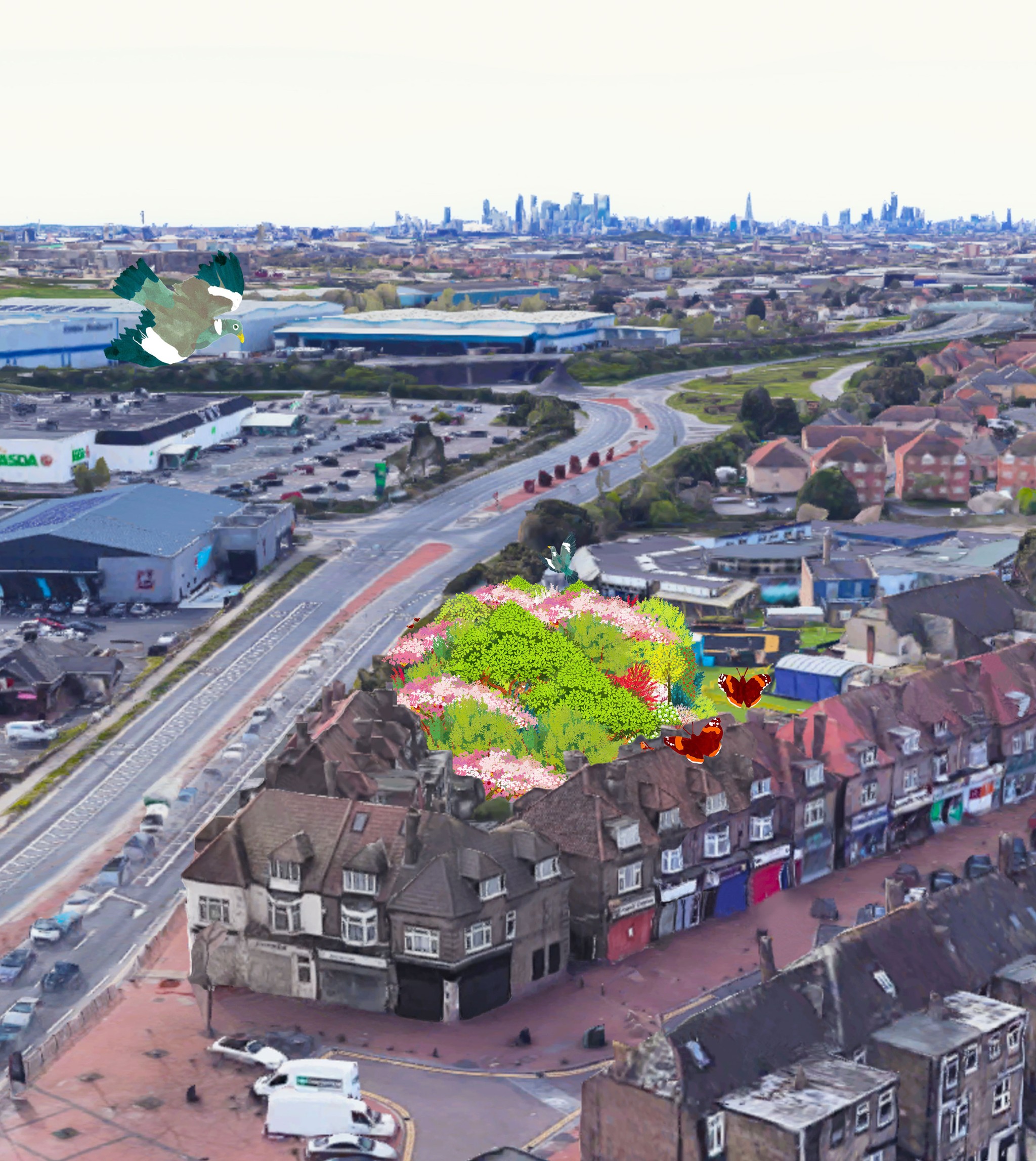
0
Trees
0
Square Meters
0
Native Species
0
Youth Impacted
St. Peter’s Forest is yet another chapter in SUGi’s efforts to bring back ecological richness to industrialized East London. The school is located in the forward-thinking borough of Barking and Dagenham, one of the most polluted areas of London. By creating a Miyawaki forest here, we have restored the soil and created a corridor in which biodiversity can thrive.
Students can observe a native ecosystem coming back to life. The forest supplements the pupils' studies at a formative time in their educational lives. Given the school is directly next to the busy Ripple Road, the planting of native trees at this site helps to reduce air pollution; creating a healthier atmosphere for the entire school community.
Forest Maker
James Godfrey-Faussett


Forest Partner
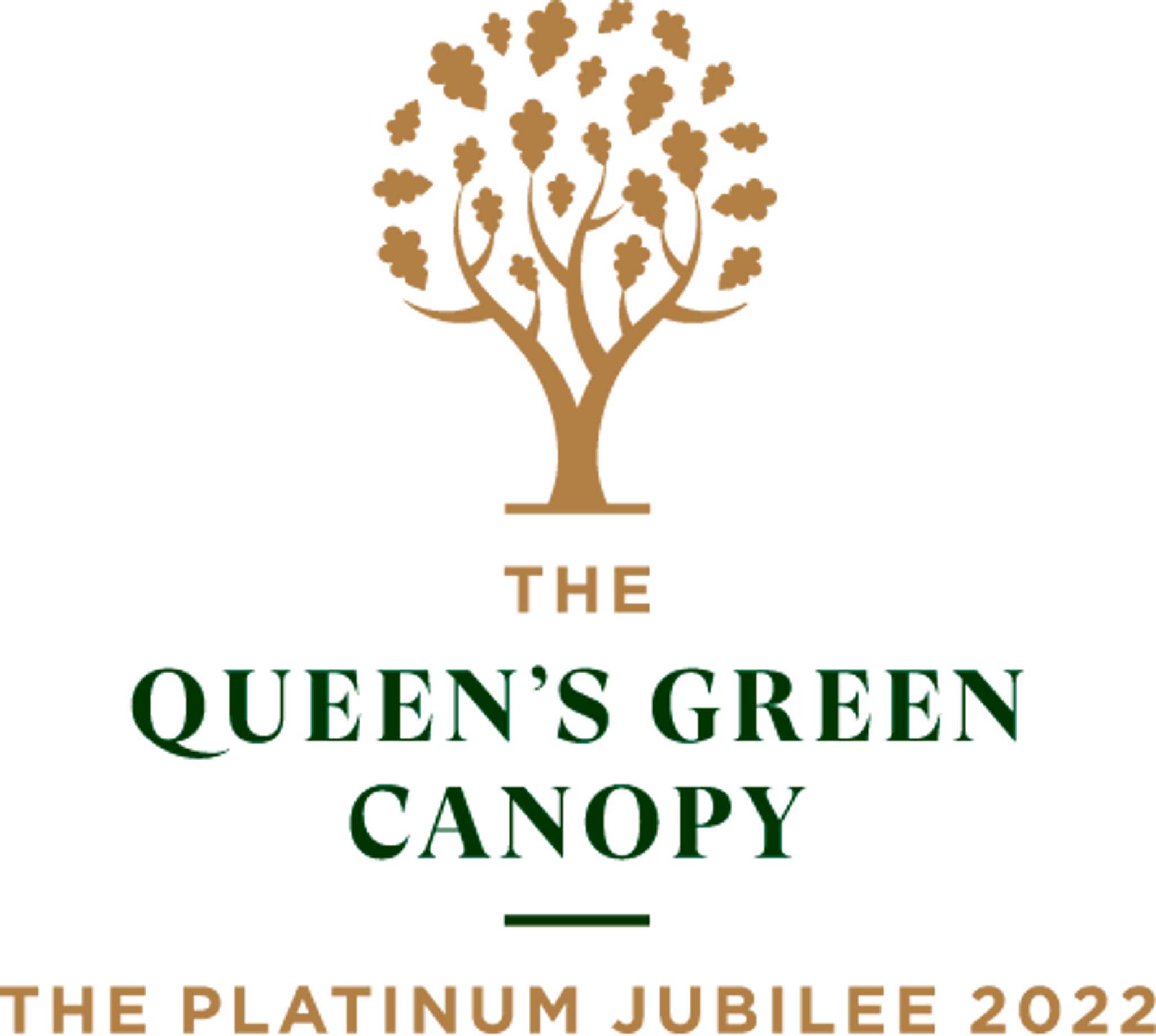
“A forest classroom will offer our children a learning environment they wouldn't ordinarily experience right on their doorstep. To be able to appreciate the value of nature and outdoor learning will be invaluable to their personal development and wellbeing.”
Gail McBride, Deputy Headteacher, St Peter's Catholic Primary School
Forest Report: 2024
0 Months
Forest Age
0%
Survival Rate
0m
Average of Tallest 3 Trees
The forest was planted around some more mature fruiting trees and has grown in the shade of these trees. Although the growth has been slower due to less light, the forest is healthy and strong. The protected site has brick walls on 3 sides and creates a great microclimate that traps the warmth in the colder months.
Biodiversity Notes:
Forest Report: 2023
0 Months
Forest Age
0%
Survival Rate
0m
Average of Tallest 3 Trees
The young forest at St. Peter's School occupies a small space at the end of the courtyard, creating a small yet vibrant planting area. Its strategic location is enhanced by natural protection from the wind, walls and a hedge.
Planted just 8 months ago, the area comprises a mix of new trees integrated with older ones, contributing to the overall biodiversity of the space. The health of the planting area is evident, with the presence of various fungi and snails signaling a thriving ecosystem and a harmonious relationship between the soil and the trees.
However, it is worth noting that among the generally flourishing trees, there has been limited success with Cherry trees, as only a few have not survived.
Straw mulching is still present, however, it is largely covered by weeds.
In general, St. Peter's School forest is in a good state for its first months, and biodiversity is starting to become evident, as described above.
Biodiversity Notes:
“Although the school has a wild area, it's not used by the children and is largely neglected by the local biodiversity. By rewilding this area with a mix of native forest and wildflowers, we hope to create a fun interactive play area for the young children to enjoy and learn from.”
James Godfrey-Faussett, SUGi Lead Forest Maker
Planting: March 2023
